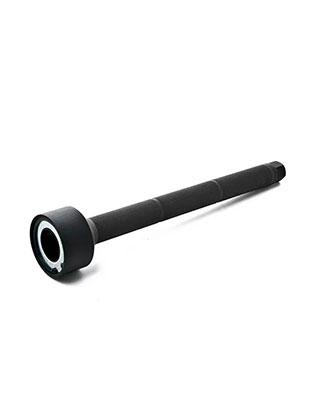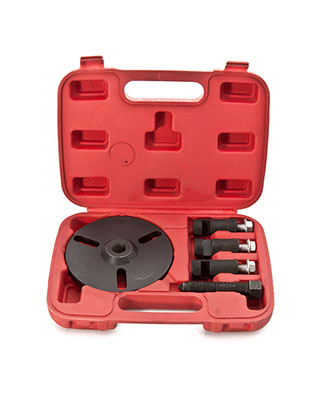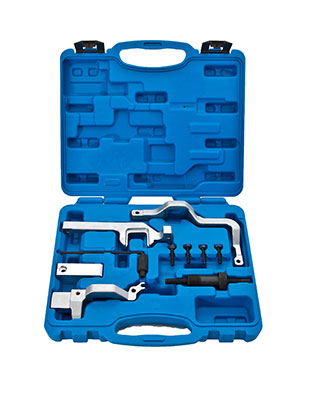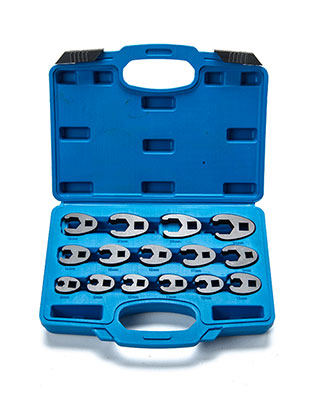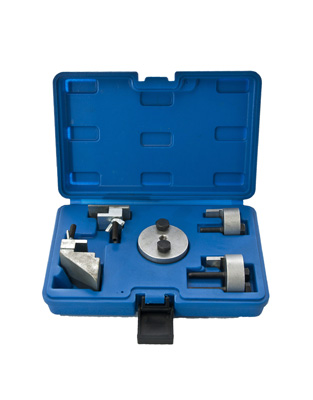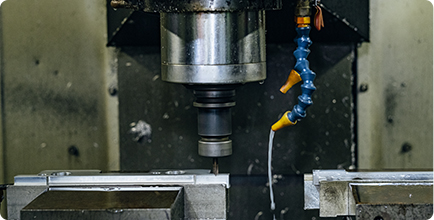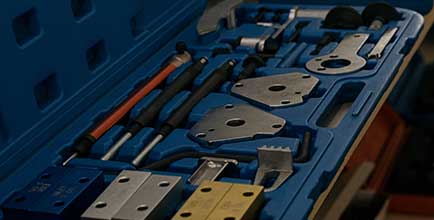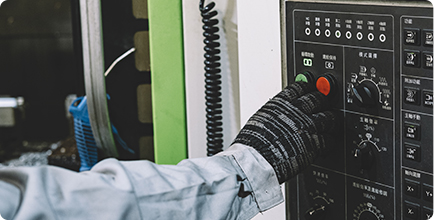While a blind inner bearing puller can be a very useful tool for removing bearings in tight or hard-to-reach areas, there are some common mistakes that should be avoided to ensure safe and effective use of the tool. Here are a few common mistakes to avoid when using a blind inner bearing puller:
1.Choosing the wrong size puller: It's important to select the right size blind inner bearing puller for the job. If the puller is too small or too large, it may not grip the bearing properly, which can cause damage to the bearing or other components.
2.Not using enough lubrication: Lubrication is important when using a blind inner bearing puller. Without proper lubrication, the puller's jaws may not grip the bearing properly, which can cause it to slip or become damaged during the removal process.
3.Over-tightening the puller: It's important to tighten the puller's jaws enough to grip the bearing, but not too much that it causes damage to the bearing or other components. Over-tightening the puller can cause the bearing to become damaged or even break.
4.Not aligning the puller properly: It's important to align the puller properly with the bearing before beginning the removal process. Failure to do so can cause the puller to slip or not grip the bearing properly, which can cause damage to the bearing or other components.
5.Using the wrong angle: When using a blind inner bearing puller, it's important to use the correct angle to avoid damaging the bearing or other components. Using the wrong angle can cause the puller to slip or not grip the bearing properly, which can cause damage.
6.In conclusion, a blind inner bearing puller can be a very useful tool for removing bearings in tight or hard-to-reach areas. However, it's important to avoid these common mistakes to ensure safe and effective use of the tool. Always refer to the manufacturer's instructions or consult with a professional mechanic if you're unsure about how to use the tool properly.
Sure, here are some additional tips to ensure safe and effective use of a blind inner bearing puller:
7.Inspect the bearing: Before using a blind inner bearing puller, inspect the bearing to ensure that it's in good condition. If the bearing is damaged or worn, it may be difficult to remove and could cause damage to the puller or other components during the removal process.
8.Use the right amount of force: When using a blind inner bearing puller, it's important to use the right amount of force to avoid damaging the bearing or other components. Applying too much force can cause the bearing to become damaged or even break, while applying too little force may not be enough to remove the bearing.
9.Use the right type of puller: There are different types of blind inner bearing pullers available, including hydraulic pullers and mechanical pullers. It's important to use the right type of puller for the job, based on the size and type of bearing being removed.
10.Use the right safety equipment: When using a blind inner bearing puller, it's important to use the right safety equipment, such as gloves and eye protection. This can help protect you from injury in case the bearing or other components become dislodged during the removal process.
Practice good maintenance: After using a blind inner bearing puller, it's important to clean and inspect the tool to ensure that it's in good working condition. Regular maintenance can help extend the life of the tool and ensure safe and effective use.
By following these tips and avoiding common mistakes, you can safely and effectively use a blind inner bearing puller to remove bearings from hard-to-reach areas. If you're unsure about how to use the tool properly, always refer to the manufacturer's instructions or consult with a professional mechanic.
 EN
EN










